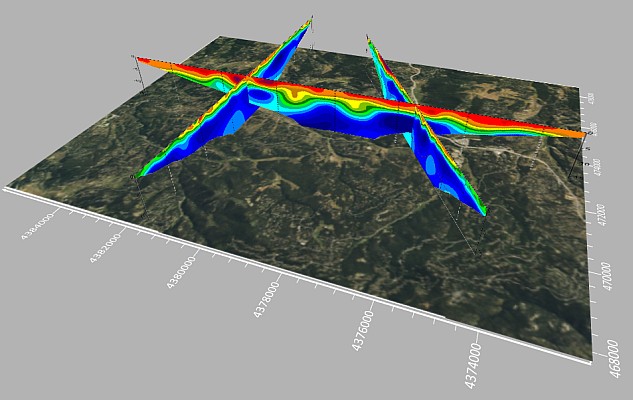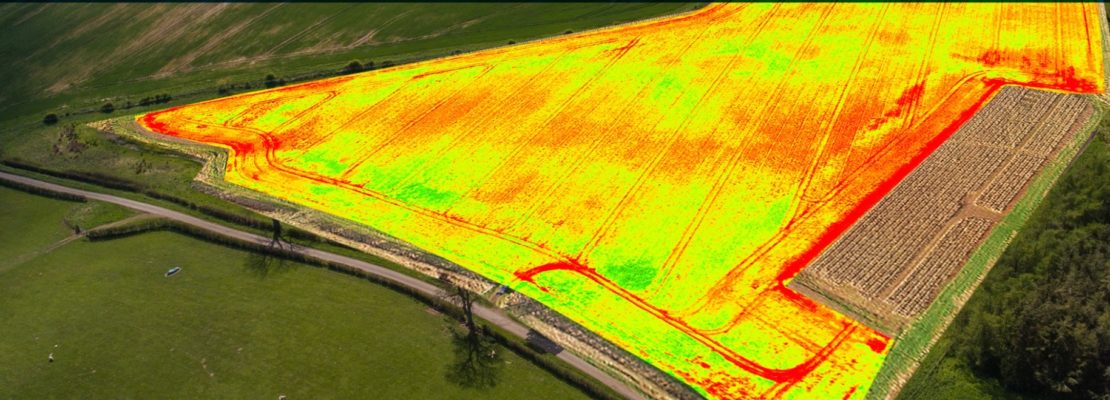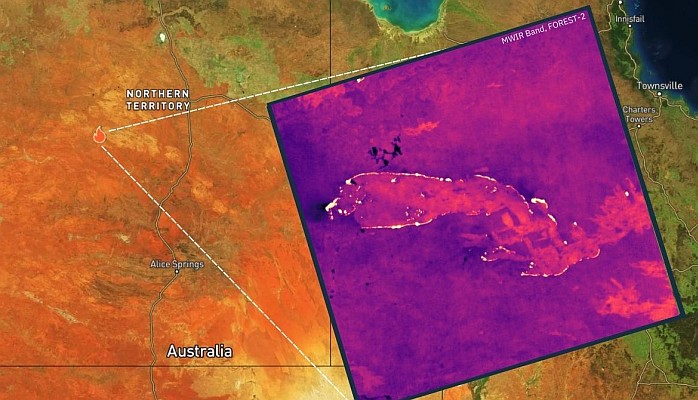 The Open Geospatial Consortium (OGC) reports an important milestone in efforts to have the OGC WaterML 2.0 Encoding Standard adopted by the World Meteorological Organization (WMO) Commission for Hydrology (CHy) as an official WMO/ISO standard.
The Open Geospatial Consortium (OGC) reports an important milestone in efforts to have the OGC WaterML 2.0 Encoding Standard adopted by the World Meteorological Organization (WMO) Commission for Hydrology (CHy) as an official WMO/ISO standard.
Representatives from 51 WMO member countries attended the CHy session from 6-14 November 2012 in Geneva and adopted Resolution 7/1, which requests the WMO “Secretariat to take the necessary actions, under the direction of the AWG (CHy Advisory Working Group), to commence a process, including testing, that could potentially see WaterML 2.0 become a WMO standard for information exchange managed by WMO (supported by the WMO/OGC Memorandum of Understanding) and to register this standard as a joint WMO/ISO standard.” Furthermore the CHy requests WMO member countries “to actively participate in testing and applying WaterML 2.0 in pilot projects and operational applications and to report their experiences and suggestions to the WMO/OGC Hydrology Domain Working Group….”
The wording of the resolution was chosen carefully and reflected the various participating members’ positions on water information standards, but represents an acknowledgement of the need and significance of this work, and a commitment to work to get full WMO endorsement. This was a consensus based consultative process, all the more significant considering that the resolutions are prepared in the 6 WMO official languages (Chinese, Russian, Arabic, Spanish, French and English).
OGC WaterML 2.0 is an important new international standard for encoding and exchanging time series water data. It is suitable for the exchange of a broad range of water information typically associated with surface and ground water resource systems. WaterML 2.0 Time Series supports encoding of hydrological and hydrogeological observation data in exchange scenarios such as:
• Exchange of data for operational monitoring and forecasting programs;
• Supporting infrastructure operation (e.g. dams, supply systems);
• Exchange of observational and forecast data for surface water and groundwater;
• Release of data for public dissemination;
• Enhancing disaster management through data exchange.






